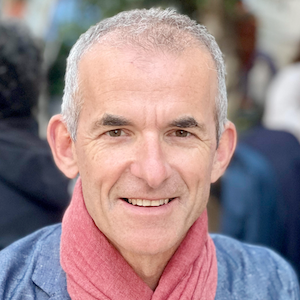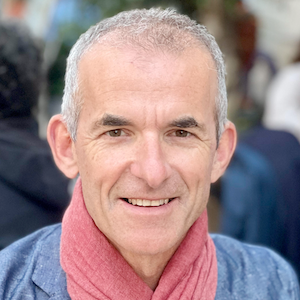The Soft Alert, Steadiness of Being a Ninja in Our Practices of Wholeness with Rick Hanson, Ph.D.
Product Tags
- allness
- bodyguard
- brain science
- Buddhism
- common justice
- common truth
- common welfare
- conscious evolution
- cortisol
- Dalai Lama
- eddy in a river
- El Capitan
- emergent edge
- emptiness
- ever-unfolding edge of universe
- four noble truths
- fullness
- helpless outrage
- illusion
- lovingness
- Meditation
- negative bias
- nervous system
- nowness
- Personal Transformation
- Rick Hanson
- science
- spiritual bypassing
- Steadiness
- suffering
- timelessness
- wholeness
- Yosemite
- Śūnyatā












